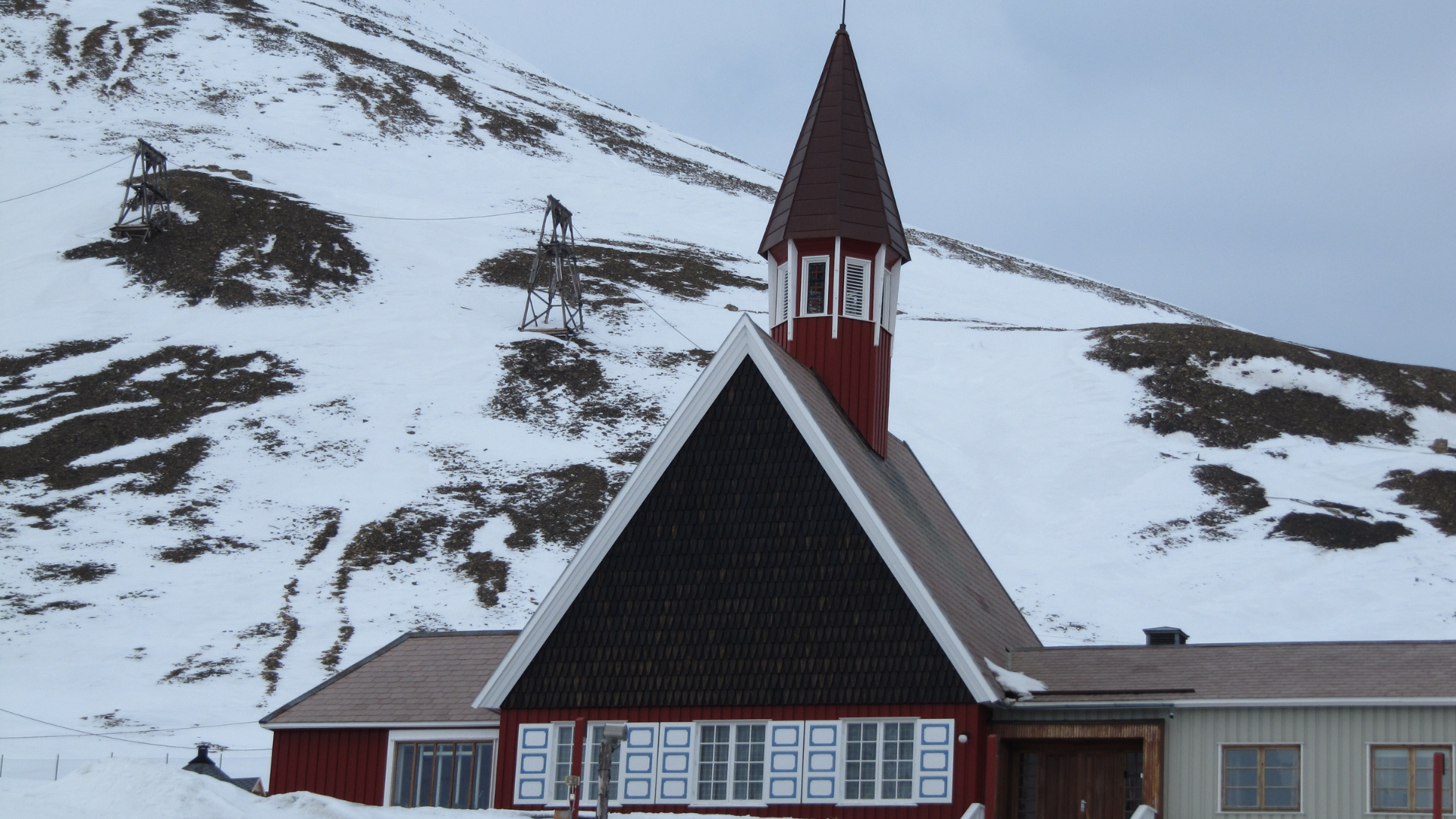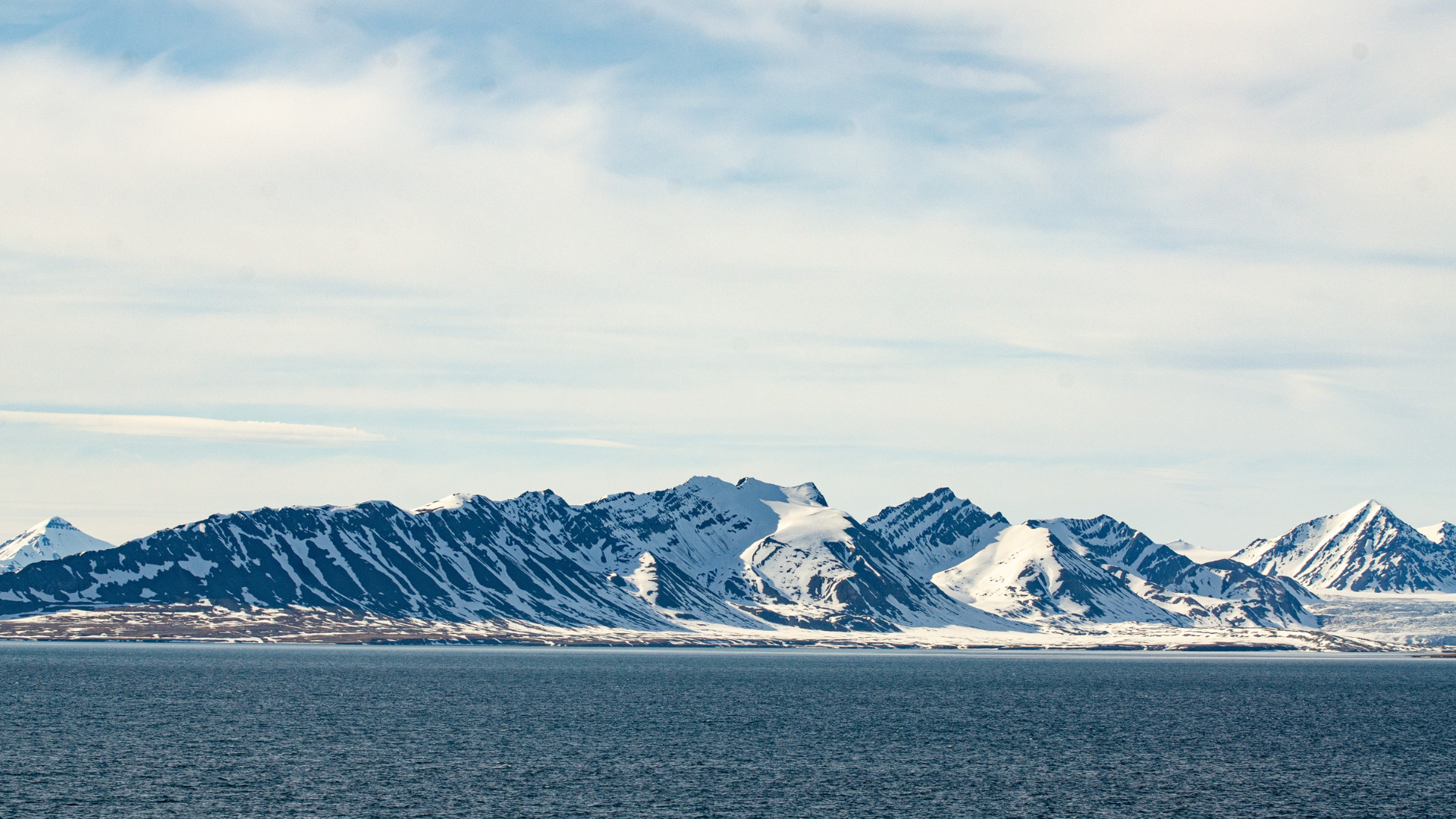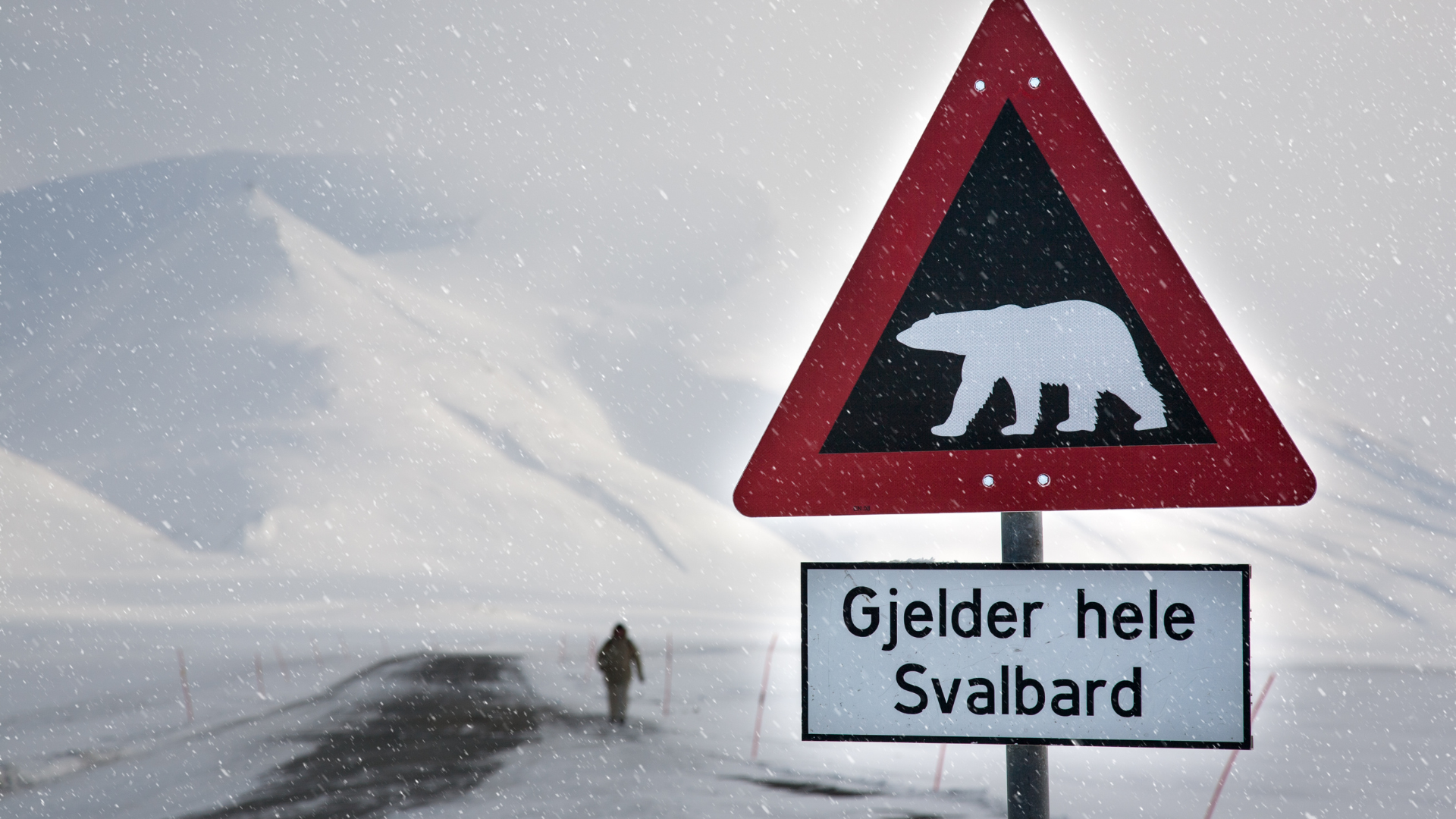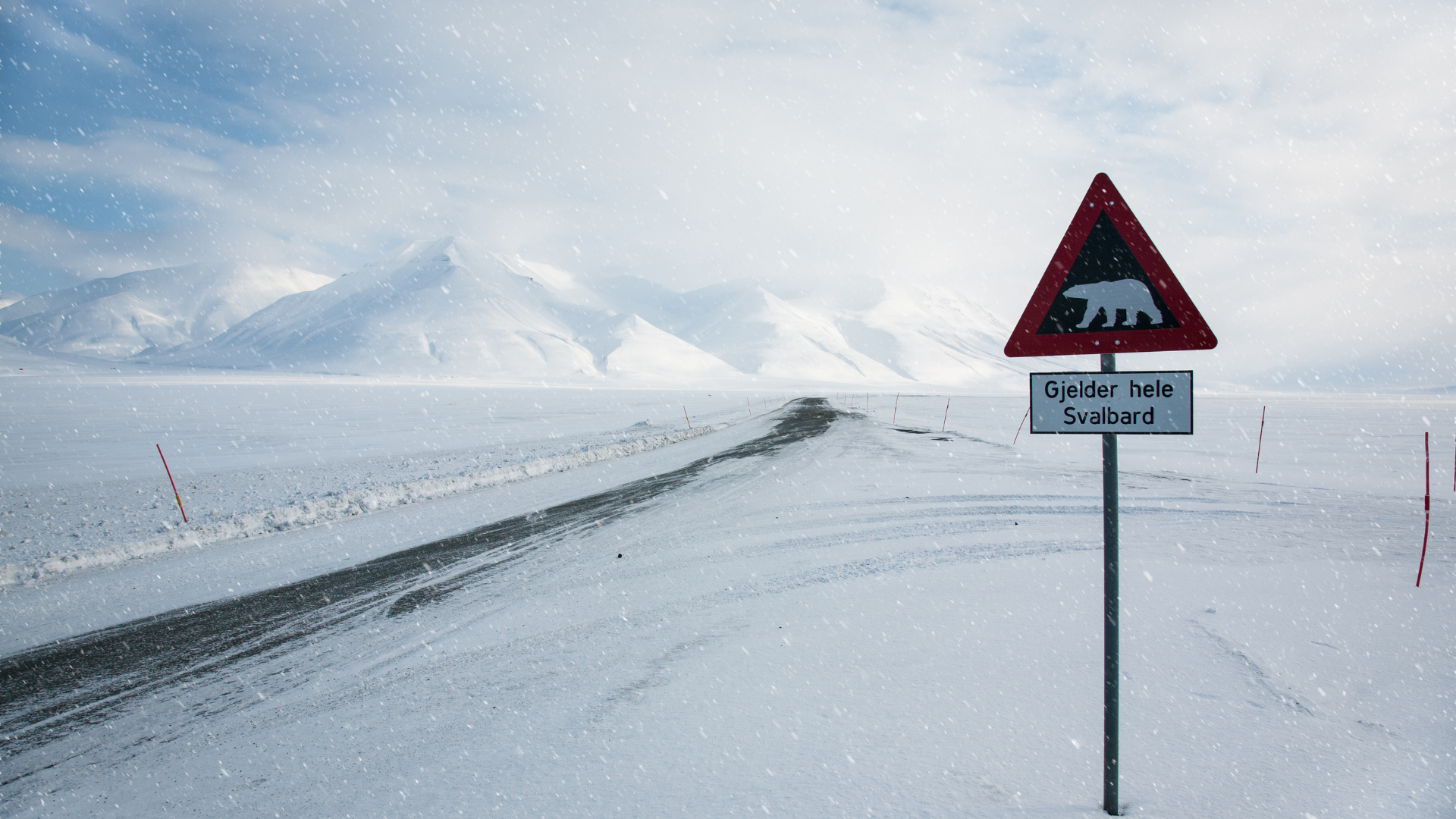Best Time to See the Northern Lights in Svalbard
Best Time to See the Northern Lights in Svalbard

Best Time to See the Northern Lights in Svalbard
Svalbard offers one of the most unique opportunities in the world to witness the northern lights. Situated far above the Arctic Circle, it’s the only permanently inhabited place where you can see the aurora borealis even during daytime hours in mid-winter. Timing, conditions, and knowing where to go are key to a successful sighting.
When to Visit
The best time to see the northern lights in Svalbard is from
late October to mid-February. This period includes the
Polar Night, when the sun doesn’t rise for weeks—creating extended darkness ideal for aurora viewing. December and January offer the darkest skies, but even October and February provide long nights with frequent displays.
Why Svalbard is Special
Unlike mainland Norway or Iceland, Svalbard lies directly under the auroral oval. This means auroras can appear overhead, not just on the horizon. In addition, during the heart of the Polar Night (mid-November to late January), Svalbard is one of the few places on Earth where northern lights can appear during the
daytime twilight, known as “blue hour auroras.”
What Affects Visibility
Clear skies are essential. While aurora activity is frequent, clouds and snowstorms can block the view. The best viewing spots are away from Longyearbyen’s limited light pollution—some guided tours will take you by snowmobile or van to the surrounding valleys or coastline. Solar activity also matters: stronger solar storms lead to brighter and more dramatic displays.
How to Improve Your Chances
- Stay for
at least three nights to increase your odds.
- Dress properly: extreme cold is normal, especially on late-night outings.
- Use apps like
Aurora Forecast or
SpaceWeatherLive to track activity in real time.
- Be patient—sometimes auroras build slowly, then erupt suddenly across the sky.
Can You See Them in Other Months?
From
late February to September, there’s too much daylight to see the aurora. Even though the northern lights may still occur, the Midnight Sun from April to August makes it impossible to view them. If aurora viewing is your goal, avoid planning your trip during these brighter months.
Photography Tips
Bring a tripod and a camera with manual settings. Long exposures (5–20 seconds) and wide apertures (f/2.8 or lower) work best. ISO 800–3200 is common. Smartphone cameras have improved but still struggle without a tripod. Some tours offer night photography lessons if you're keen on capturing it right.
Other Experiences During Aurora Season
Pair your northern lights hunting with winter dog sledding, snowmobiling, or ice cave exploration. Many northern lights tours are offered in the evening after daytime adventures, letting you experience the Arctic around the clock. The Polar Night itself is an unforgettable atmosphere—deep blue skies, starlight, and silence.












